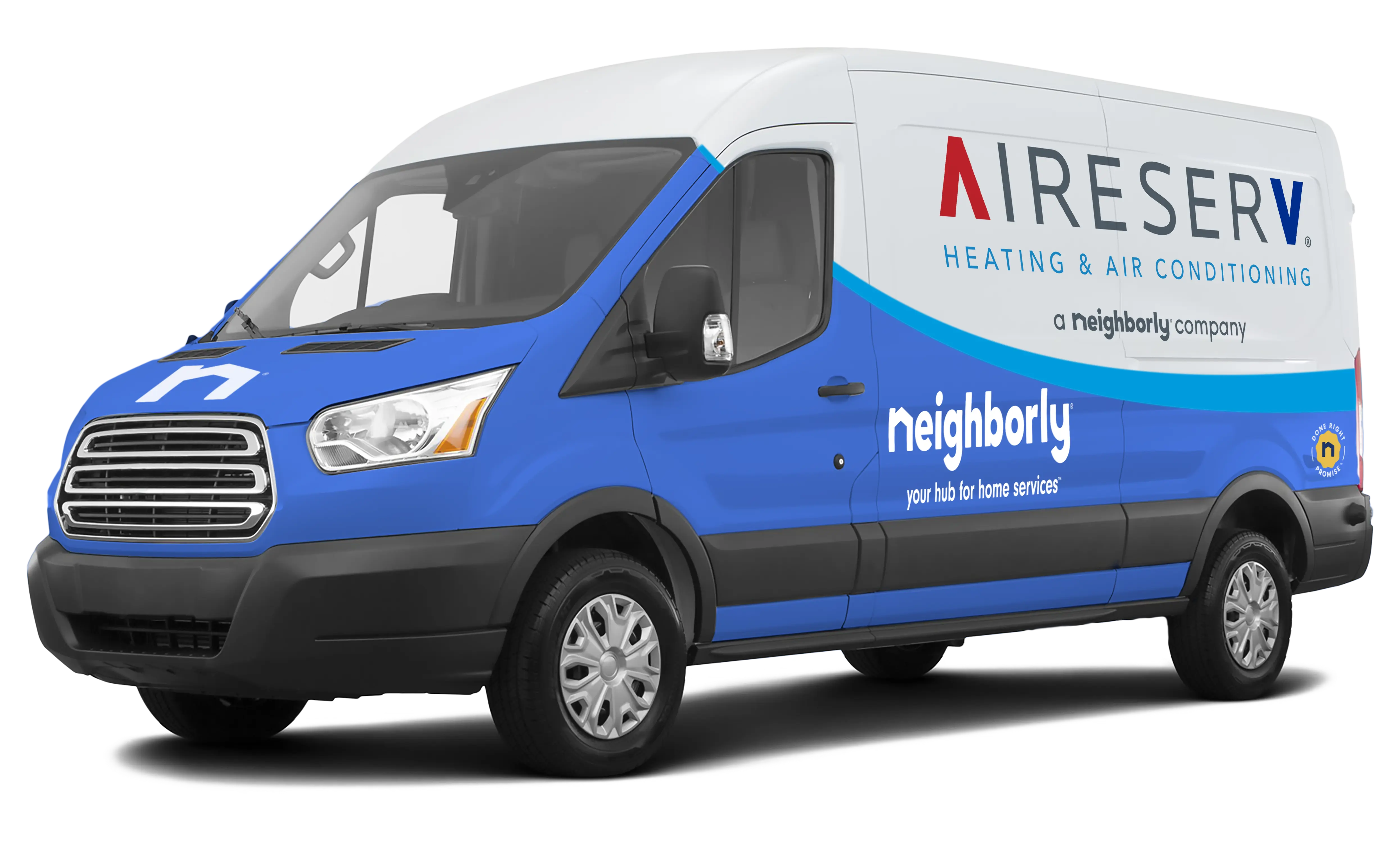As summer winds down in Shelton, it’s tempting to forget about your HVAC system. However, early fall is the perfect time to prepare your heating and cooling equipment for the cooler months ahead. Proper preparation ensures your home remains comfortable, reduces energy costs, and prevents unexpected breakdowns.
By scheduling maintenance and performing proactive checks, homeowners can enjoy a smooth transition from summer cooling to fall heating.
1. Inspect and Replace Air Filters
Air filters are a small component with a big impact:
- Dirty filters reduce airflow and strain your system.
- Replace filters every 30–90 days or as recommended by your HVAC technician.
- High-quality filters also capture dust, pollen, and allergens, improving indoor air quality.
Clean filters help your system run efficiently and maintain a healthy home environment.
2. Schedule a Professional Tune-Up
A professional inspection can catch issues before they become costly problems:
- Check refrigerant levels and electrical connections.
- Inspect coils, fans, and motors for wear or damage.
- Test thermostat accuracy and system performance.
Professional maintenance ensures your system is ready for the first chilly nights of fall.
3. Prepare Heating Components
Even if the weather is still mild, early preparation helps avoid surprises:
- Inspect your furnace or heat pump for proper operation.
- Clean burners, heat exchangers, and vents for efficient performance.
- Test carbon monoxide detectors to ensure safety.
Early attention prevents mid-season failures when temperatures drop.
4. Check Your Thermostat and Settings
A properly managed thermostat improves comfort and efficiency:
- Adjust settings to match your schedule and occupancy patterns.
- Consider a programmable thermostat for automatic temperature control.
- Replace batteries or upgrade to a smart thermostat if needed.
Optimized thermostat settings save energy and maintain consistent comfort.
5. Inspect Ductwork and Ventilation
Even minor duct issues can affect efficiency:
- Check for leaks, disconnected sections, or visible damage.
- Ensure vents and registers are clear and unobstructed.
- Seal gaps with mastic or metal tape for better airflow.
Well-maintained ductwork ensures your system distributes air efficiently throughout your home.
6. Manage Indoor Humidity
Fall often brings fluctuating humidity levels:
- Too much moisture can cause condensation and mold growth.
- Too little moisture can dry out skin and wooden furnishings.
- Consider a humidifier or dehumidifier integrated with your HVAC system.
Maintaining balanced humidity improves comfort and supports indoor health.
7. Prepare for Energy Efficiency
Small adjustments can reduce energy costs as heating demand rises:
- Seal windows and doors to prevent drafts.
- Insulate exposed ductwork and attic spaces.
- Use ceiling fans in reverse (clockwise) to circulate warm air.
Energy-conscious habits help reduce monthly utility bills while keeping your home comfortable.
8. Monitor System Performance
Stay alert to early signs of problems:
- Uneven heating or cooling in different rooms.
- Strange noises or vibrations.
- Increased energy consumption without added use.
Early detection allows for timely repairs, avoiding more expensive emergency service calls later.
Final Thoughts
Preparing your Shelton HVAC system in early fall ensures a smooth, comfortable, and energy-efficient transition from summer to cooler weather. By replacing filters, scheduling tune-ups, inspecting heating components, optimizing thermostat settings, maintaining ductwork, managing humidity, improving energy efficiency, and monitoring performance, homeowners can enjoy peace of mind and consistent comfort all season.
Fall maintenance is not just about comfort—it’s about protecting your investment, saving money, and avoiding unnecessary stress as the temperatures begin to drop.

